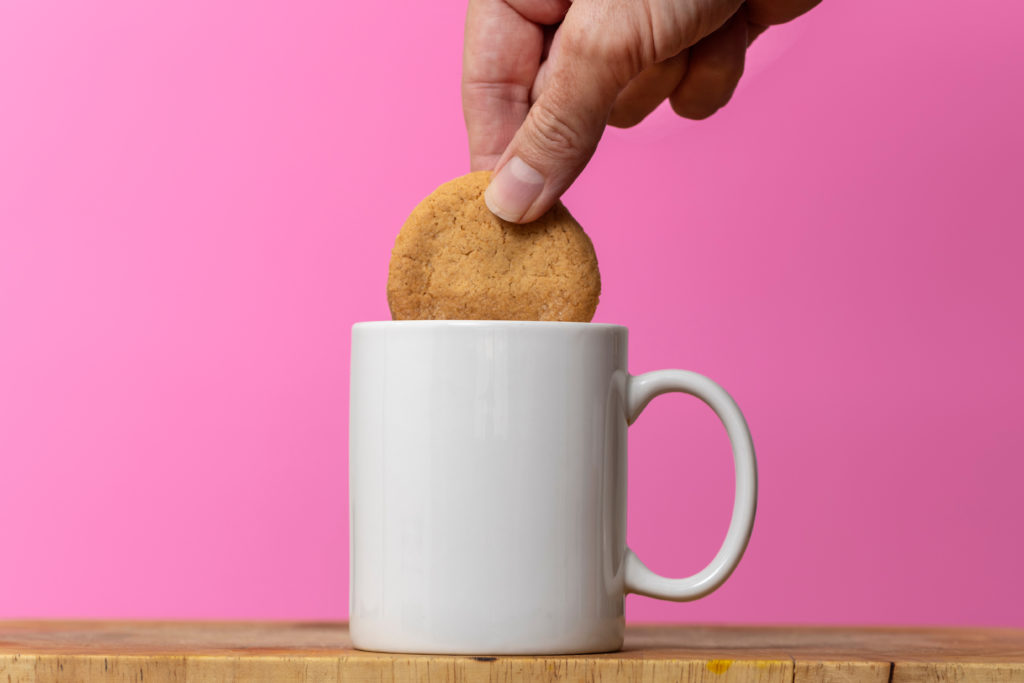
In celebration of the fact that today (Friday 14th October) is World Standards Day, we held a very serious vote at Astun to decide which new standard we would define, given the chance, and given the fact that there’s already a standard for making tea.
After discarding “a standard for determining the order in which toppings are applied to scones” on the basis of not wanting to provoke regional unrest, and “a standard for determining the direction that a toilet roll should face on the holder” because we simply couldn’t agree, we eventually decided on “a standard for dunking biscuits in tea”.
So, what is a standard exactly, and how would we define ours? Our Data Discoverability Lead, Jo Cook, who sits on the BSI IST36 standards board has come up with the following:
“A standard is a repeatable, harmonised, agreed and documented way of doing something. Standards contain technical specifications or other precise criteria designed to be used consistently as a rule, guideline, or definition.”
On that basis, our biscuit-dunking standard needs to be expanded a bit: the biscuit needs to be strong enough not to snap when half of it is dipped in tea, or when it’s being transported to your mouth. To make it reproducible, we’ll have to specify how much of the biscuit is waterlogged (not all of it, since you need a dry part to hold), and at what angle it’s being held (holding the biscuit horizontally will mean it’s more likely to snap). We also need to determine how long it needs to be held for, while you’re lifting it from cup to mouth. The speed at which you lift the biscuit might also be important. Further testing is required, but we’re making an assumption that the nature of the liquid the biscuit is dipped in is also important, so to avoid ambiguity we’ll state tea, as there’s already a standard for that.
Since standards require consensus, we’ve been discussing this at length, and colleagues have raised questions regarding the effect of chocolate coatings. However, after more discussion, we’ve decided that the presence or absence of a coating would not affect the tensile strength of the biscuit, and as such is not relevant to our standard.
So we have:
“A standard for the minimum tensile strength of a biscuit such that it can support its own weight when one half (by volume) of the biscuit is fully waterlogged with tea, when held by the non-waterlogged part at an angle of between 45 and 135 degrees from the vertical for up to 5 seconds while being transported vertically at a speed of 0.1m/s.”
It’s worth noting that Actual Science has been done on the best technique for biscuit dunking, and the best biscuits to use. Our proposed standard will add to this vital body of knowledge, improving the lives of biscuit-dunking enthusiasts everywhere.
Important notes about our biscuit dunking standard:
According to a 2009 article, the Royal Society for the Prevention of Accidents revealed that 400 people a year in Britain had to be treated in Accident and Emergency departments for biscuit-related accidents. Readers are advised to take all the necessary precautions when participating in biscuit-dunking. It is also advised that the tea used must meet standard ISO 3103.
